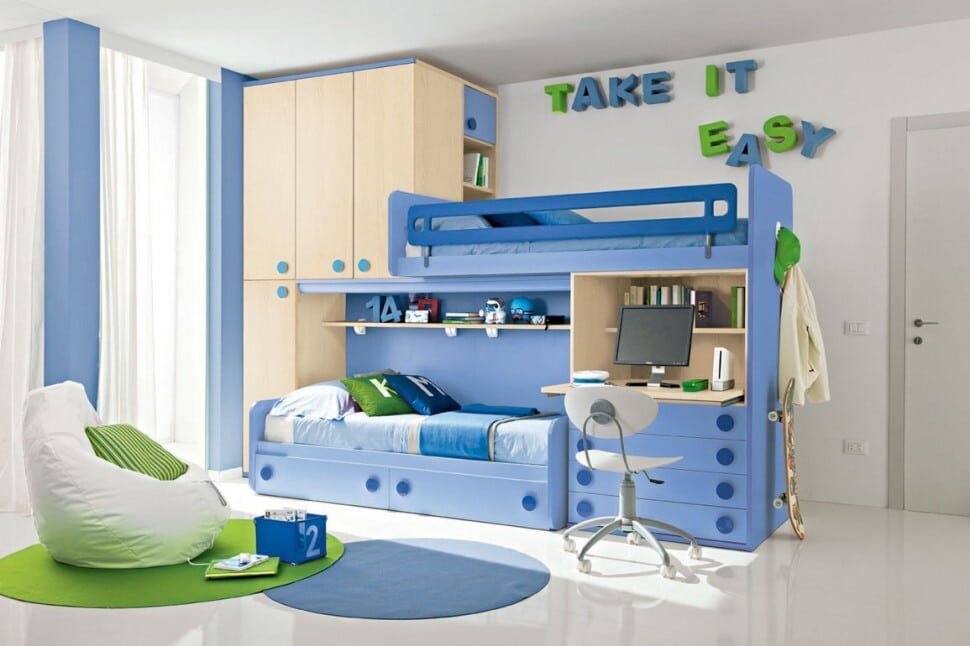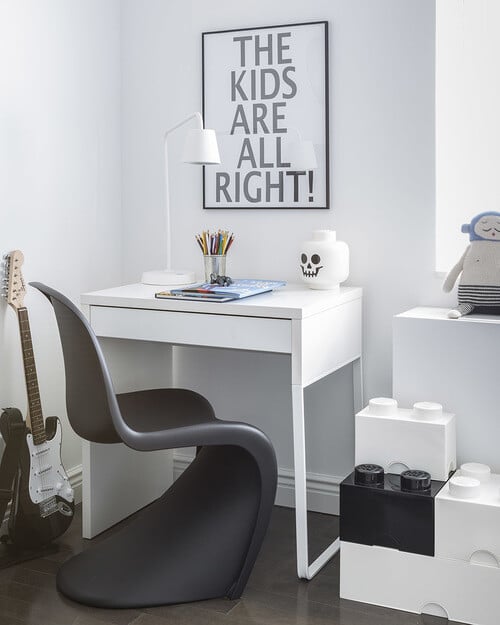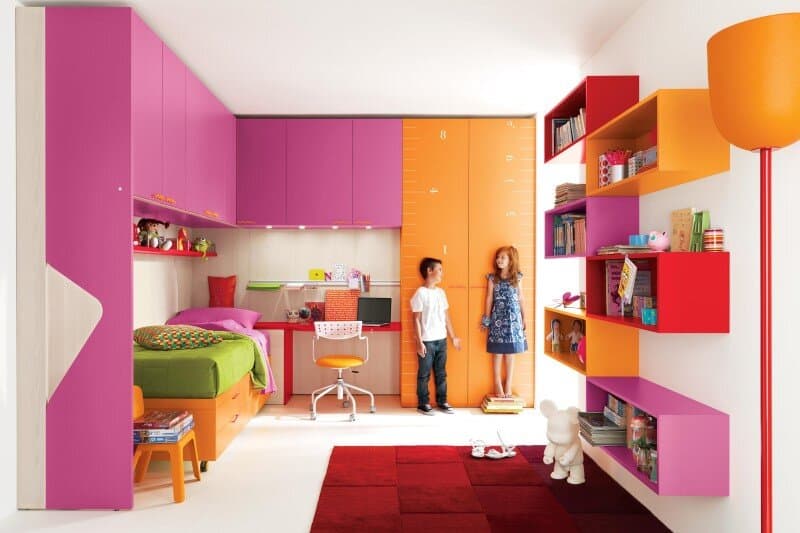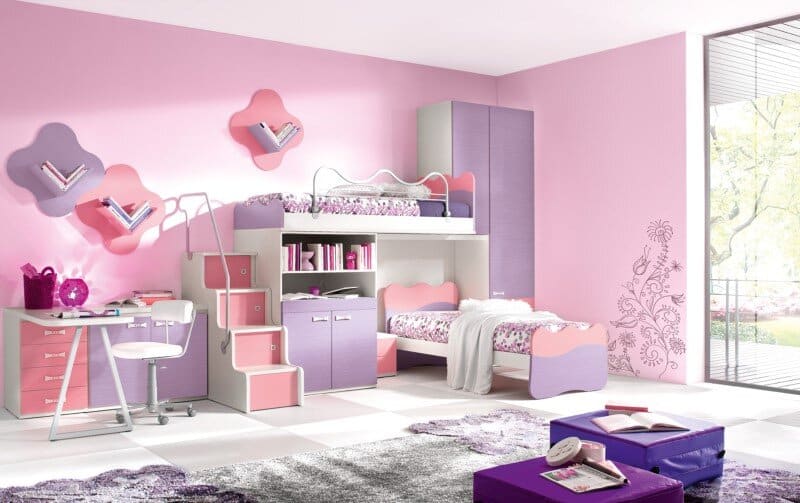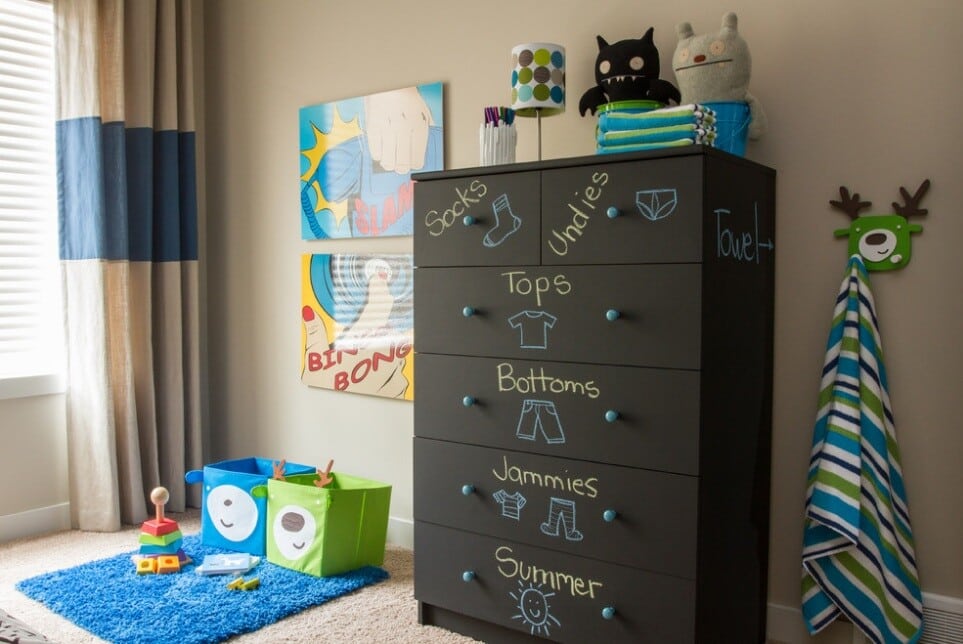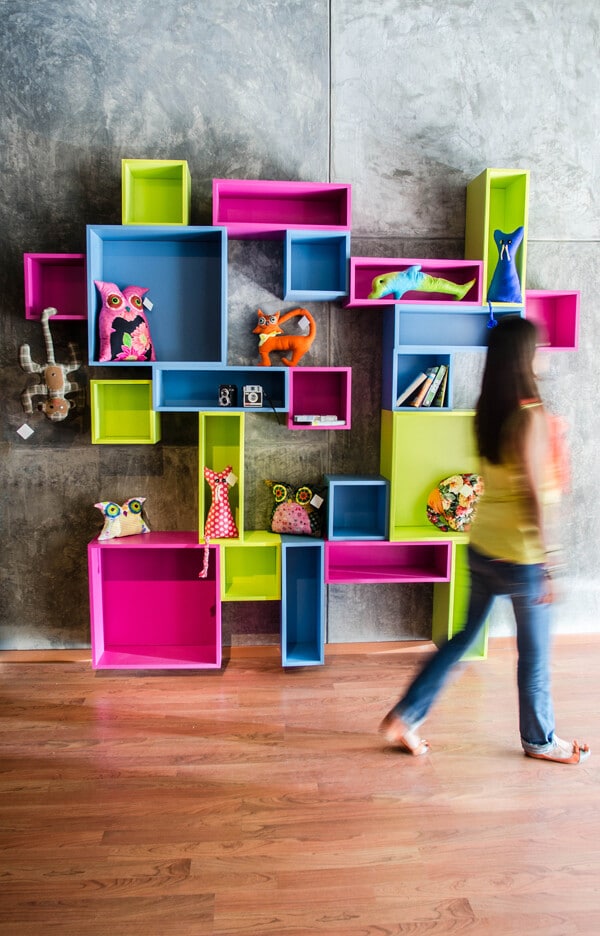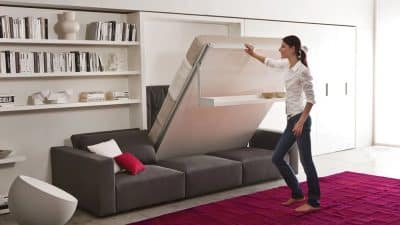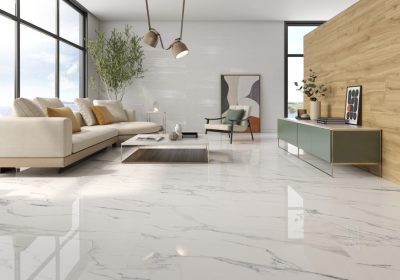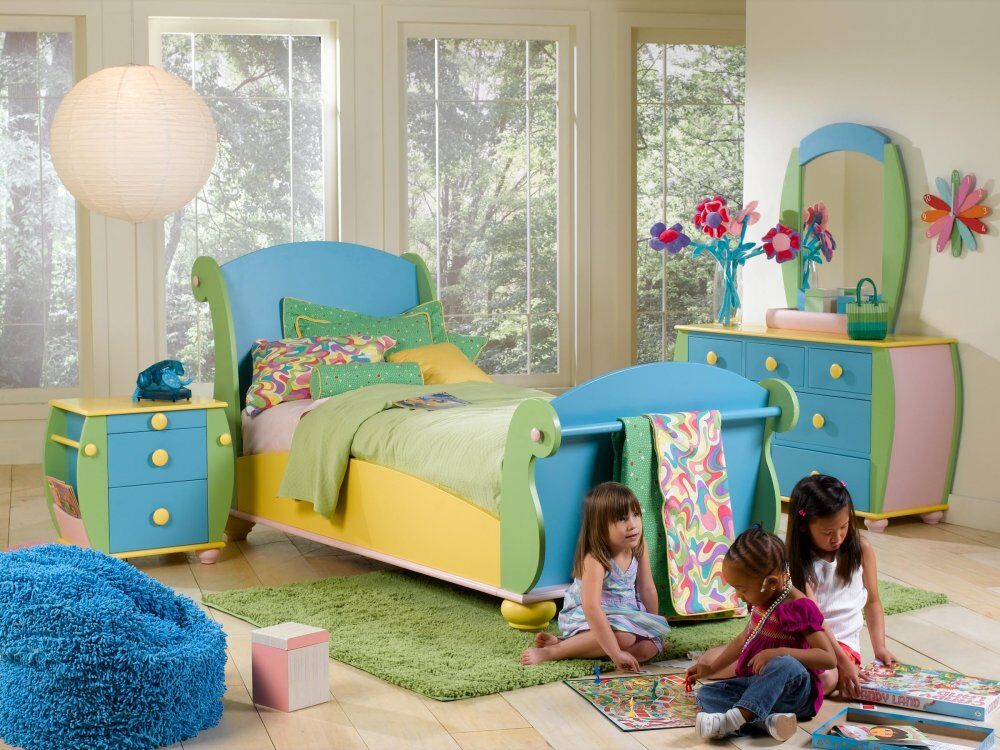
For each comes a moment in life when the natural step has to be made in order to start a family, to find fulfillment and joy that fills our soul along with the birth of a child. Children enlighten our life, giving us power, changing our priorities and once with their appearance, nearly everything we do, we do for them. We try to offer them more, create conditions for them to develop harmoniously and this thing manifests immediately through our endeavors to arrange for them a fairy-tale room.
The child’s room is very important for his growth, knowing the fact that children’s intelligence and creativity are influenced mainly by the place where they spend a big part of their childhood. If when they are small, they are unable to express certain preferences, the decisions regarding the arrangement of the room belongs to us entirely and as they grow, children express their desires, certain inclinations and talents, and we must be prepared to meet them.
The child’s desires and preferences regarding the room must be skillfully placed in balance with the objective of creating a safe and welcoming environment. The child’s room must not only provide comfort but also a warm atmosphere and it must contribute to the harmonious development of the child on several fronts. In this regard, HomeWorldDesign has synthesized 10 golden rules that can help you offer to your child an appropriate room for resting, playing and learning.
1. Safety comes first
The furniture that carries risks for the child must be avoided such as the one made of glass or the one which has sharp corners. It is recommended to opt for furniture with rounded corners or protected by caps. In case of younger children, the pieces of furniture should not be placed near the window in order to not allow the child to reach the window. It is advisable to use slow-closing hinges to prevent pinching fingers when using cabinet doors or drawers. Also, all outlets in the room will be equipped with protections.
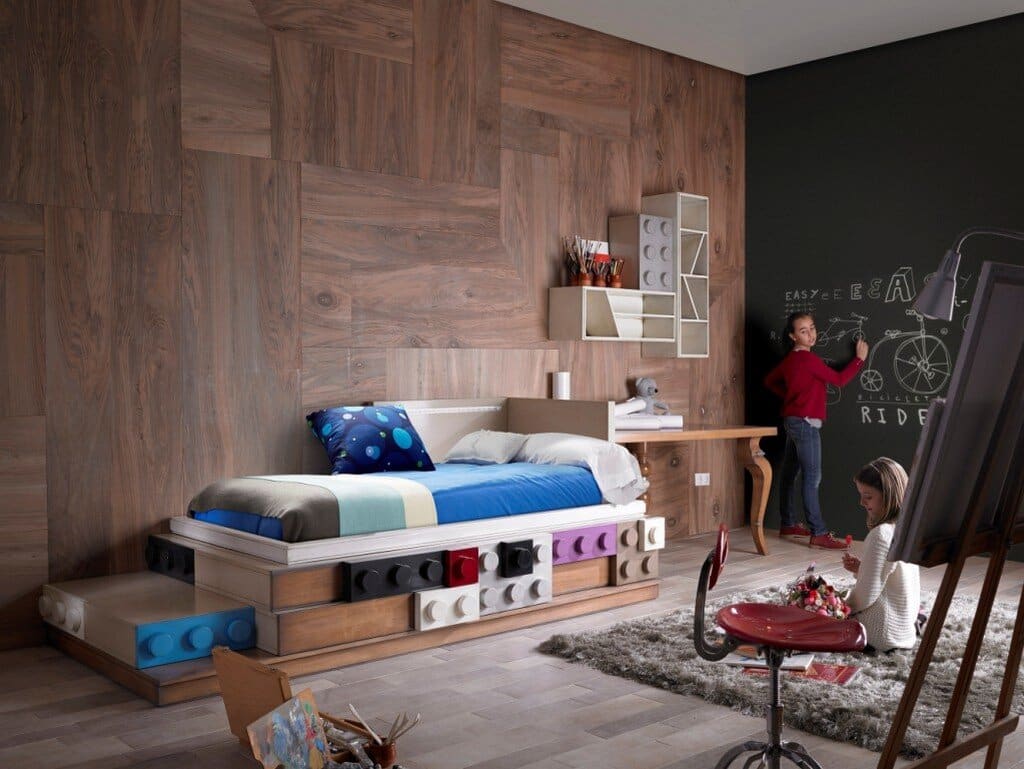
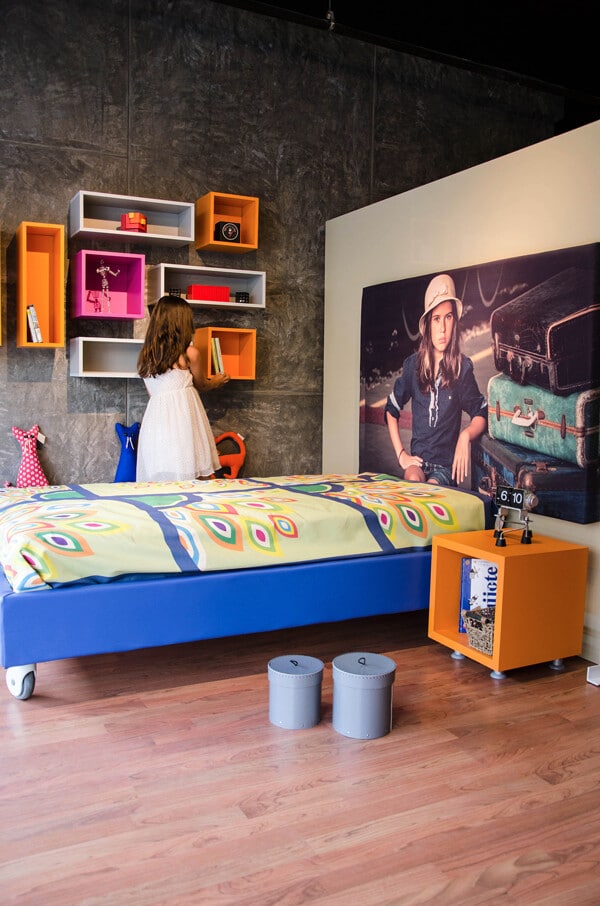
2. Space arranged in conformity with its function
The arrangement of a room is actually a configuration of stimulus that helps the child to organize and learn some rules. The interior arrangement and organization of the room must highlight the evident areas for the various children’s activities. For example, it is indicated for a child to have a special area dedicated to play and one for homework and learning. If the child has artistic interests, a solution has to be found in order to encourage these concerns, inclusively through a dedicated space. Mainly, in his room the child plays, learns and sleeps and if these three activities do not have well defined spaces, in time the child will get used to play or do his homework in bed, for example. A good organized room encourages the child to become more orderly.
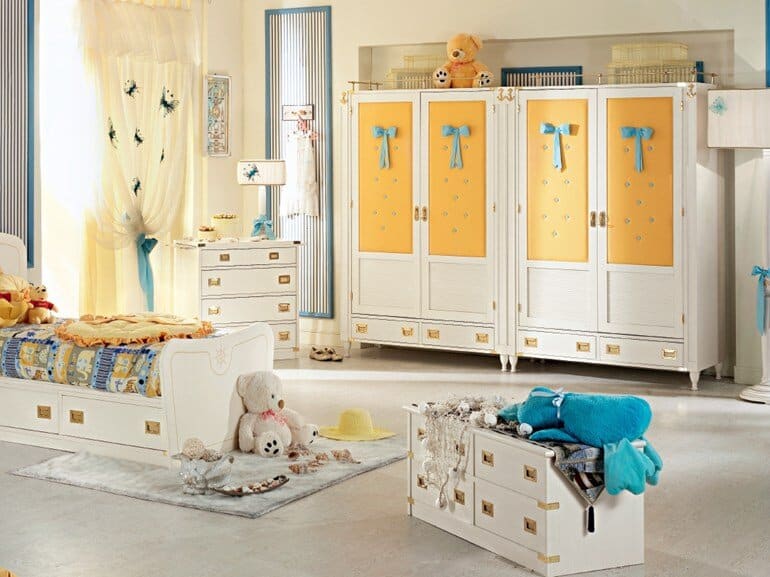
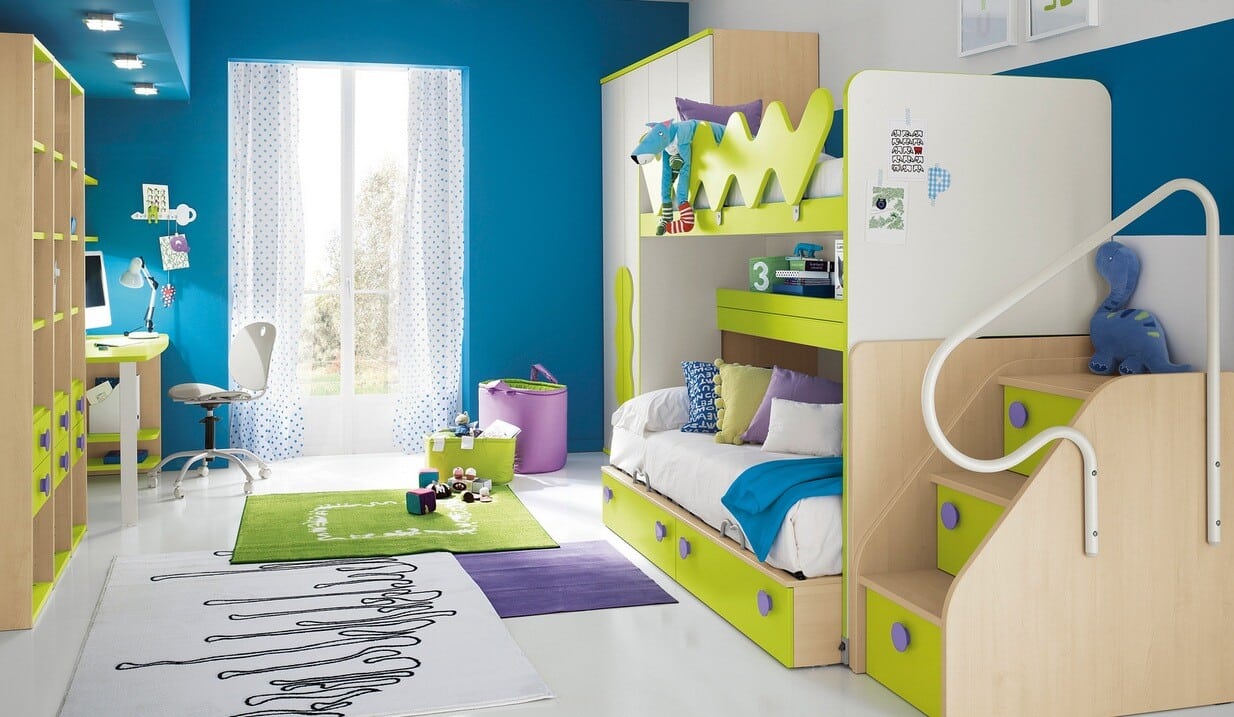
3. Furniture that encourages organizational skills
Choose pieces of furniture equipped with sufficient storage spaces. In order to encourage your child to clean up and become neat, in the room there must exist the necessary storage spaces that should be accessible and easy to use. When in the room there are no preset places for certain things, the child cannot assimilate the concept of order. He will learn that everything has its place and will get used to place the toys, books, notebooks, clothes, etc in the correct drawers. The necessity of some sufficient storage spaces is not equivalent with the agglomeration of the room. A crowded room is tiring. The furniture should be limited to the minimum necessary because less furniture can mean a more generous playground, which is very beneficial for the child.
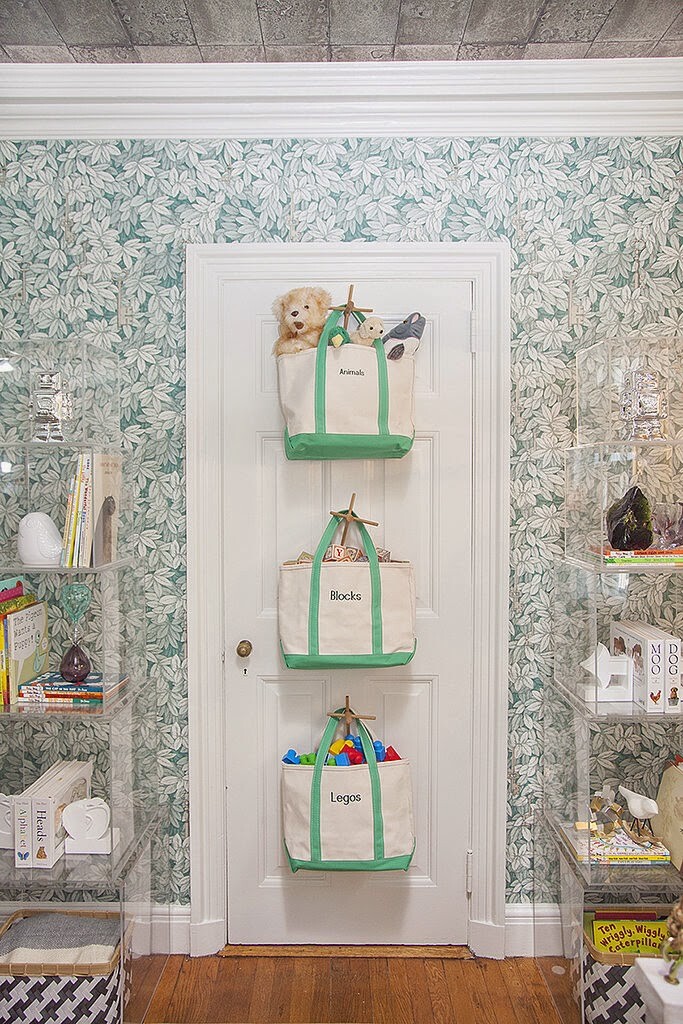
4. Using colors
It is very important how many colors you use and how you alternate the relaxing colors that stimulate activity. Colors can appease or stimulate. In any case, it is best to involve your child in choosing colors and let him choose. Using an age-appropriate theme and your child’s favorite colors is perhaps the best way to create a memorable space for your child.
5. Bear in mind the ergonomics
Choosing the desk that will be used by the child is essential. The desk should offer a healthy position and also convenience when it is used in order to contribute in time, to the child’s love towards desk activities that will be more organized and efficient. Chairs and desks with adjustable height are more indicated for the child’s comfort. Also, the bed and mattress are very important for a good sleep and the child’s health. An adjustable bed that allows its extension can be a good solution, because the child will grow in height. A firm mattress is healthier and it will better support your child’s physical development.
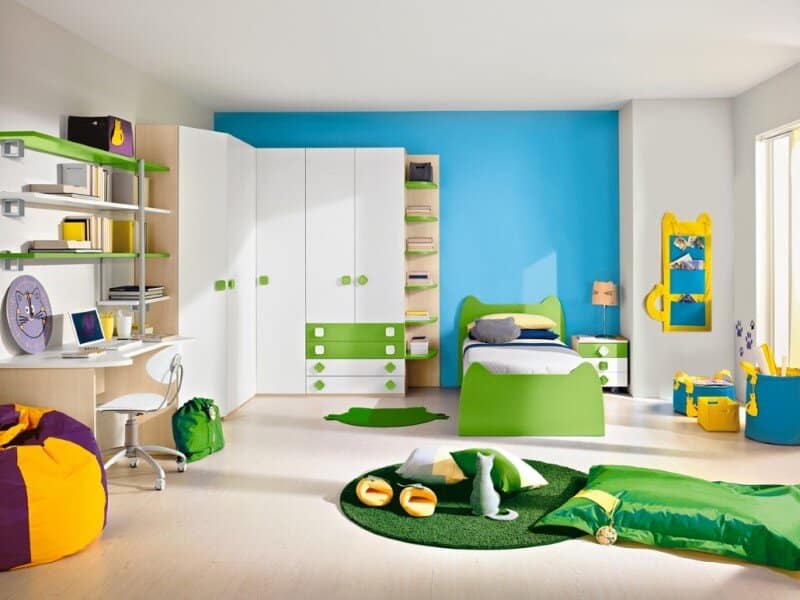
6. Selecting the materials
In order to make sure that your child’s room is safe for rest and play, firstly you should opt for the use of natural materials. The floor of the room can be made of wood and covered with a carpet or rug made of natural fibers. It is not recommended to use cold finishes such as floor tile. The rule of natural, non-allergic materials is also valid when we choose the furniture. Also the present fabrics in the room should be made of natural fibers. The finishes must be realized with “healthy” materials, such as water based varnish without chemicals compounds.

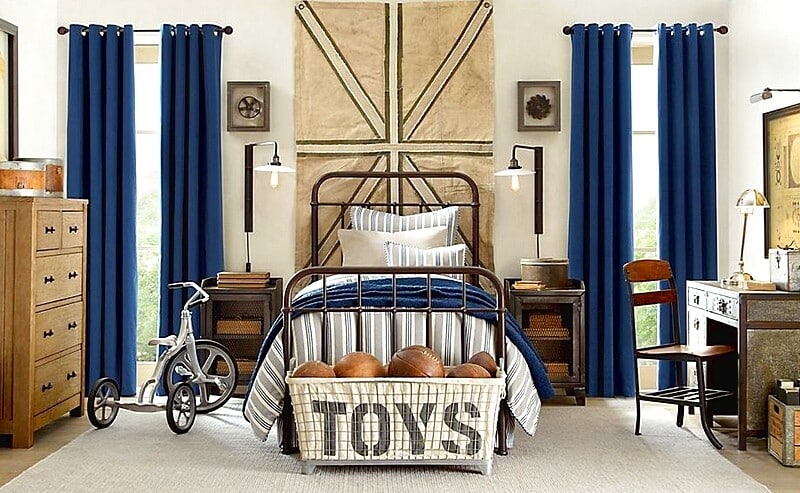
7. Choose the right light
Pay particular attention to the light sources. A warm white light is preferable, used after the sunset for general illumination of the room. The child can use a desk lamp for the activities developed at the desk. During the day, in the child’s room a rich natural light is desired.
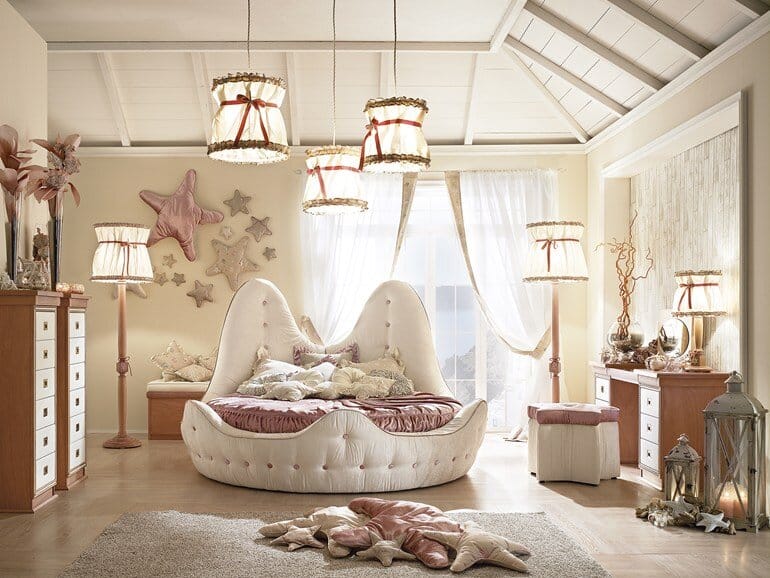
8. The flexibility of the chosen theme
As the child’s tastes change very often, it is recommended to avoid setting up a room whose theme is centered on a single character, possibly from cartoons. If today the child likes cartoons with Mickey Mouse, tomorrow it is possible that he will like Superman and Harry Potter. If we opt for a thematic room, it is preferable to choose a broader and more flexible theme that is not focused on one character. Thus, after observing the child’s liking and consulting with him, we can choose, for example, the theme of fairies or princesses for girls and for boys themes with cars, pirates or heroes. Remember that you must select a broader and more flexible theme as the child’s needs are constantly changing and you must be prepared to face them.

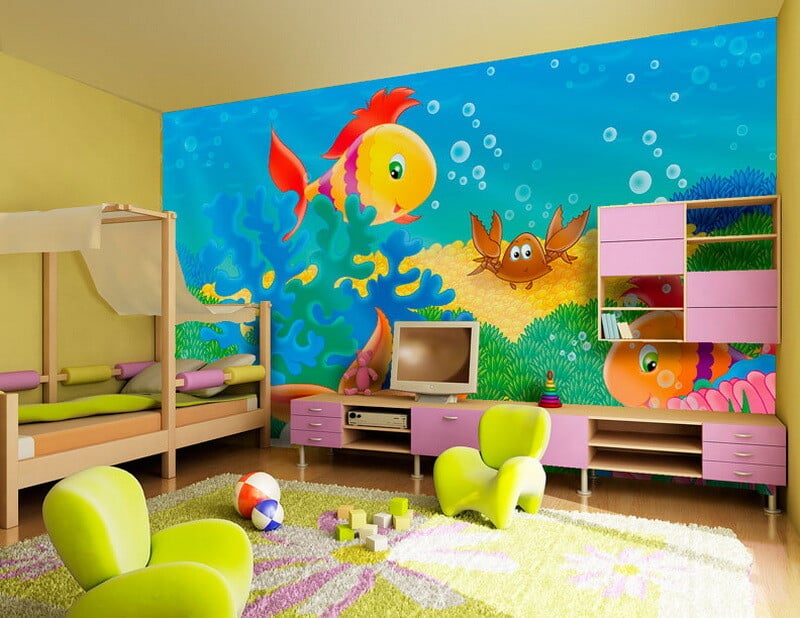

9. Get your child involved
The child should be consulted and involved in the process of choosing colors, furniture, organization and general decoration of the room. This allows him to express his personality and creativity and in the same time he receives a load of responsibility over his future room. This “responsibility” will encourage him to be considerate with his space and to keep it neat and tidy.

10. Without too many rules
We all make efforts to offer our child a pleasant room, but we must not forget that it is his room and not ours. So the new and stylish room of our child should not come together with a lot of rules that must be imposed to the child because it is his room after all. We should have only two or three important rules and that’s all. Sometimes, too much order in a child’s room raises questions.
